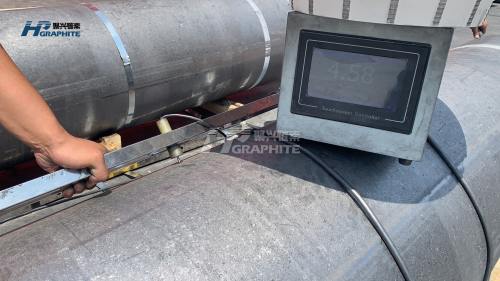Graphite testing items and standards

Graphite testing items and standards
Graphite is an allotrope of carbon, a transitional crystal between atomic crystal, metal crystal and molecular crystal. It is generally gray black, soft and greasy. Strengthen the heat in air or oxygen to burn and generate carbon dioxide. Strong oxidants will oxidize it into organic acids. It can be used as anti-wear agent and lubricating material to make crucible, graphite electrode, dry battery and pencil lead.
Scope of graphite detection: Natural graphite, dense crystalline graphite, flake graphite, aphanitic graphite, graphite powder, graphite paper, expanded graphite, colloidal graphite, expandable graphite, amorphous graphite and conductive graphite powder.
Special properties of graphite:
1. High temperature resistance: The melting point of graphite is 3850± 50℃, even after the ultra-high temperature arc burning, the weight loss and the thermal expansion coefficient are very small. The graphite strength increases with the increase of temperature. At 2000℃, the strength of graphite is doubled;
2. Conductivity and thermal conductivity: The electrical conductivity of graphite is 100 times higher than that of general non-metallic minerals. Thermal conductivity exceeds that of steel, iron, lead and other metal materials. The thermal conductivity decreases with the increase of temperature, and even at extremely high temperatures, graphite becomes an insulator;
3. Lubricity: The lubrication performance of graphite depends on the size of graphite scale, the larger the scale, the smaller the friction coefficient, the better the lubrication performance;
4. Chemical stability: Graphite has good chemical stability at room temperature, and can resist acid, alkali and organic solvent corrosion;
5. Plasticity: Graphite has good toughness and can be ground into very thin sheets;
6. Thermal shock resistance: Graphite can withstand the sharp change of temperature without damage when used at room temperature. When the temperature changes suddenly, the volume of graphite does not change much and will not produce cracks.

Graphite testing items:
1. Component analysis: Fixed carbon, moisture, impurity content, etc;
2. Physical performance testing: Hardness, ash, viscosity, fineness, particle size, volatile matter, specific gravity, specific surface area, melting point, etc;
3. Mechanical properties testing: Tensile strength, brittleness, bending test, tensile test, etc;
4. Chemical performance testing: Water resistance, durability, acid and alkali resistance, corrosion resistance, weather resistance, heat resistance, etc;
5. Other testing items: Conductivity, thermal conductivity, lubricity, chemical stability, thermal shock resistance, etc.
Part of graphite testing standards:
GB/T3518-2008 flake graphite;
GB/T3519-2008 microcrystalline graphite;
YB/T4088-2000 graphite electrode;
YB/T 2818-2005 graphite block;
JB/T 2750-2006 high purity graphite;
GB/T 10698-1989 expandable graphite;
GB/T 13465.2-2002 test method for impermeable graphite materials.
For more graphite industry standard analysis, feel free to contact us.
No related results found








0 Replies